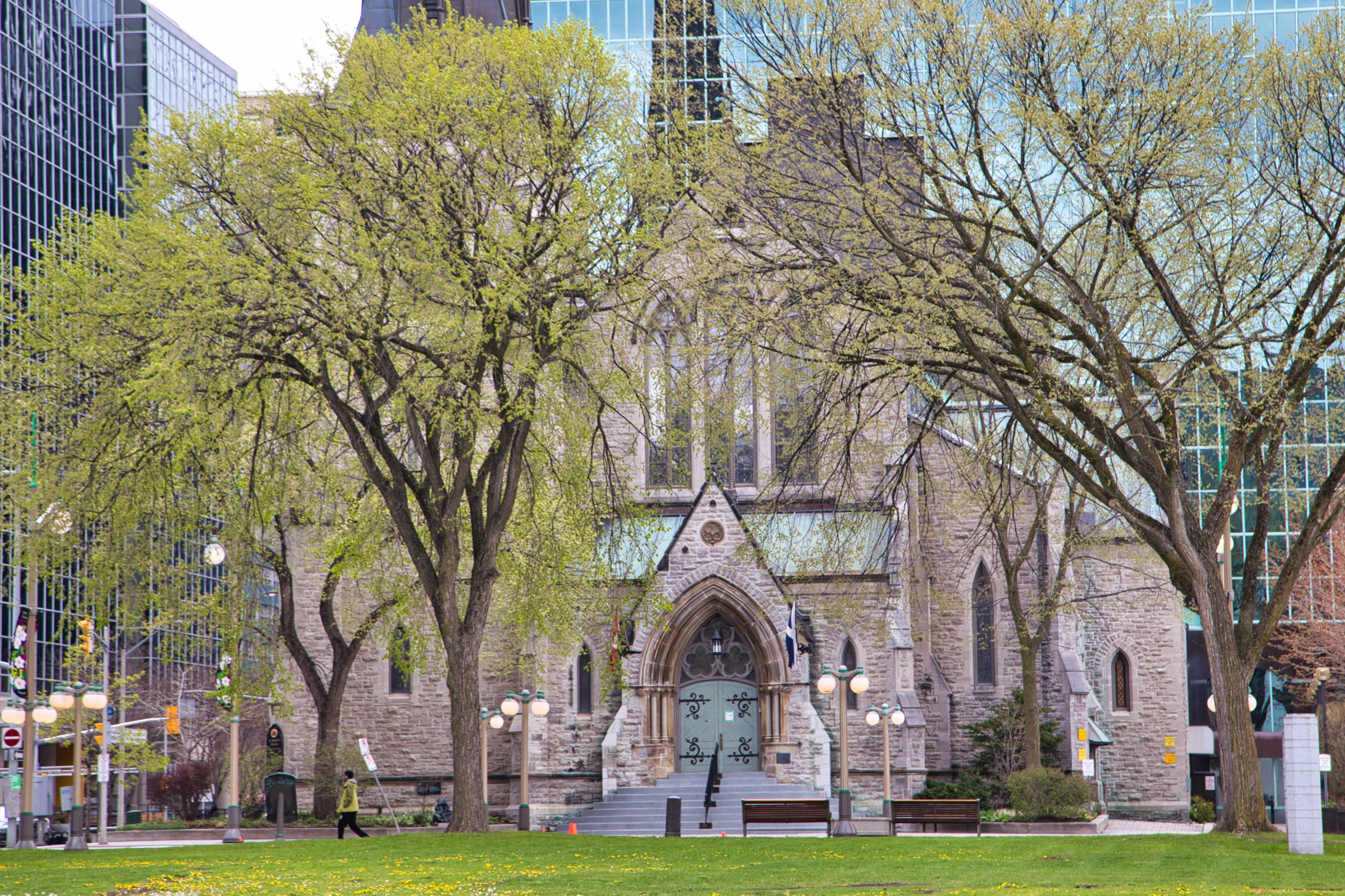Canadian History
cities
history
Ontario
Ottawa
Architectural Preferences of the Federal Government in Ottawa
5/09/2021If you think that downtown Ottawa looks unremarkable and even boring compared to other big cities in Canada, you are not alone. There are a few reasons for that. First, Ottawa still observes the rule that no building downtown could be higher than the Peace Tower. So you won't find towering skyscrapers that garnish downtowns of Toronto, Vancouver, Montreal and even Calgary. Second, Ottawa is a bureaucrat city and, believe it or not, the government sets a pretty low bar when it comes to spending taxpayers' dollars on fancy real estate. Thus, most of the government buildings are spartan and unfussy. The devil is in the details though, so I urge you to take a closer look at Ottawa's architectural pot and who knows - maybe you will also find it attractive?
Ottawa has never been designed to a master plan. Different times brought different styles, and old buildings were replaced with new ones without hesitation. That's why you won't find many historic buildings even though Ottawa has been a political centre of Canada for almost 200 years.
Except for a few buildings close to Parliament Hill built in the Gothic Revival or Romantic styles, the rest of the downtown core looks pretty unpretentious.
Confederation Building (1931), along with the Parliament Building, are great examples of the Gothic Revival style.
Supreme Court Building (1940).
Ottawa saw its most active development in the 1960s and 1970s when austere and grim concrete buildings dominated the landscape. It was about the same time when Montreal Metro was built so you can find quite a few similarities.
Tunney's Pasture, the 121-acre federal government complex, makes a great case for the Minimalist style. What do you think about the Brooke Claxton Building (1964)?
A pretty unusual building for that era - Library and Archives Canada (1967). Small windows are designed to discourage visitation.
Glass has started replacing concrete in the 1970s. This definitely helped create an effect of weightlessness. L'esplanade Laurier (1975) is a big government complex built at the time.
Place du Portage III and IV (1978-79) in Gatineau across the Ottawa River. The complex looks so bad, that the Government of Canada has decided to modernize it.
The Bank of Canada Building (1979) with its "jungle" courtyard was named by the Royal Architectural Institute of Canada as one of the top 500 buildings produced in Canada during the last millennium. That's my favourite one. There was the Bank of Canada Museum before it was permanently relocated to a new building nearby in 2018.
Even more glass and mirrors were added to the architecture in the 1980s. Although with each new building, the downtown core would become more clattered, the mirrors brought some much-needed light to the street level.
The Thomas D'Arcy McGee Building (1981).
Place Export Canada (1983).
Manulife Place (1987).
Export Development Canada (EDC) is housed in the newest and prettiest tower in downtown Ottawa built in 2011. This makes total sense as EDC is in charge of the growth and development of Canada's trade. Imagine if it would host meetings with foreign investors in one of those old gloomy buildings from the 1960s.
I think that to fully appreciate the architectural beauty of Ottawa, or any other city for that matter, we should not just look at individual buildings, but rather at how distinct shapes, forms and styles are mingled together.
My favourite combinations are where glass towers stand as a backdrop for century-old stone cathedrals.









































0 comments